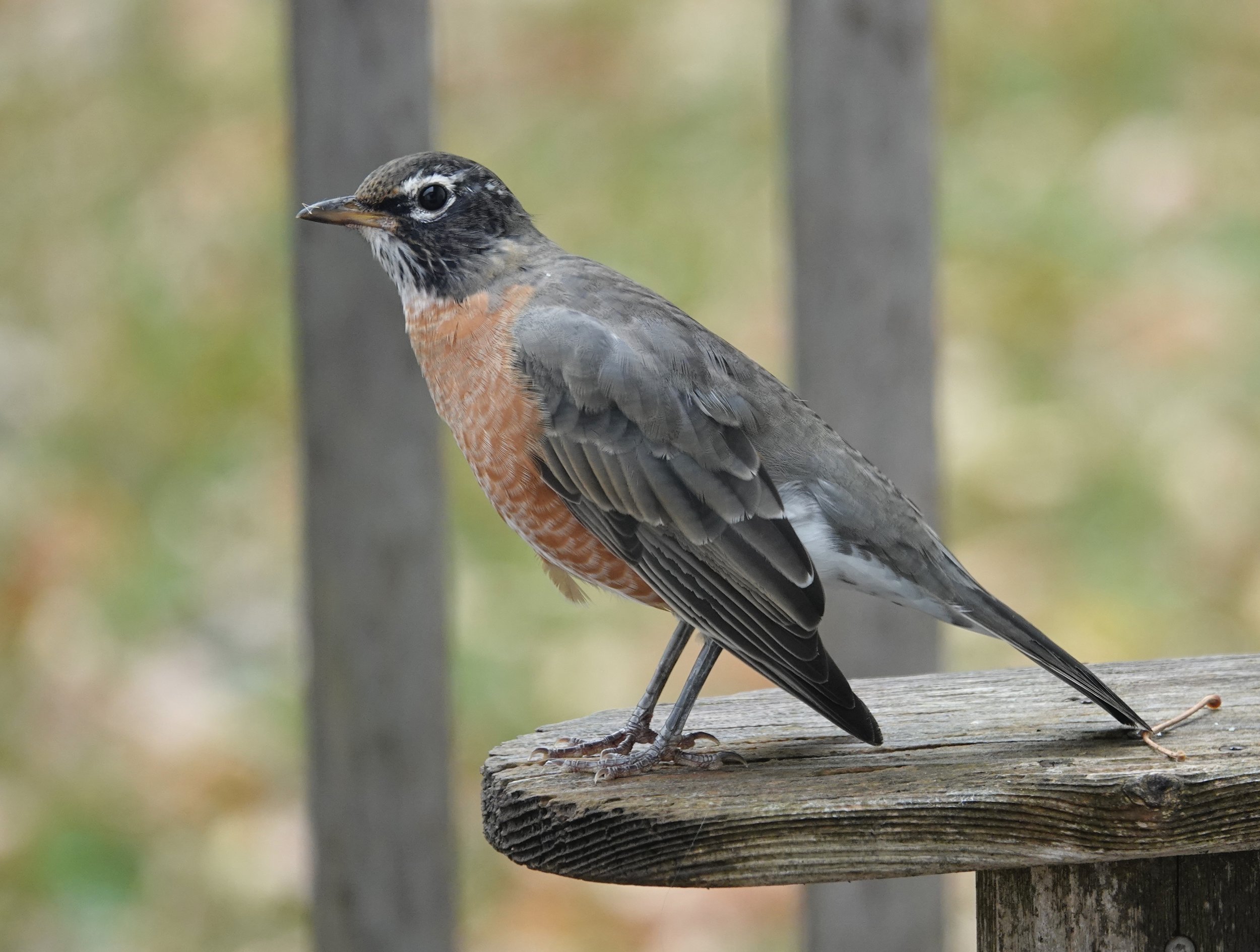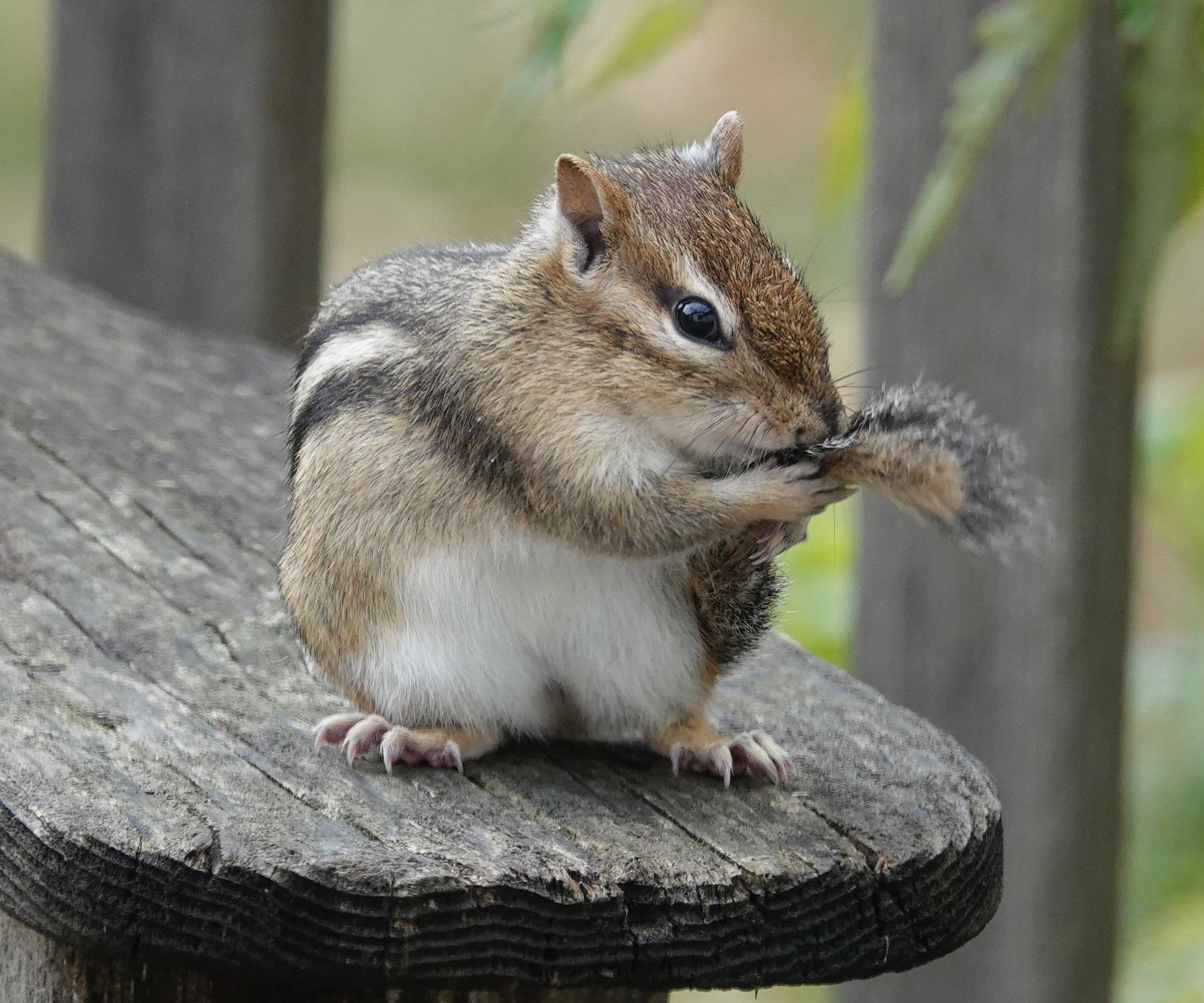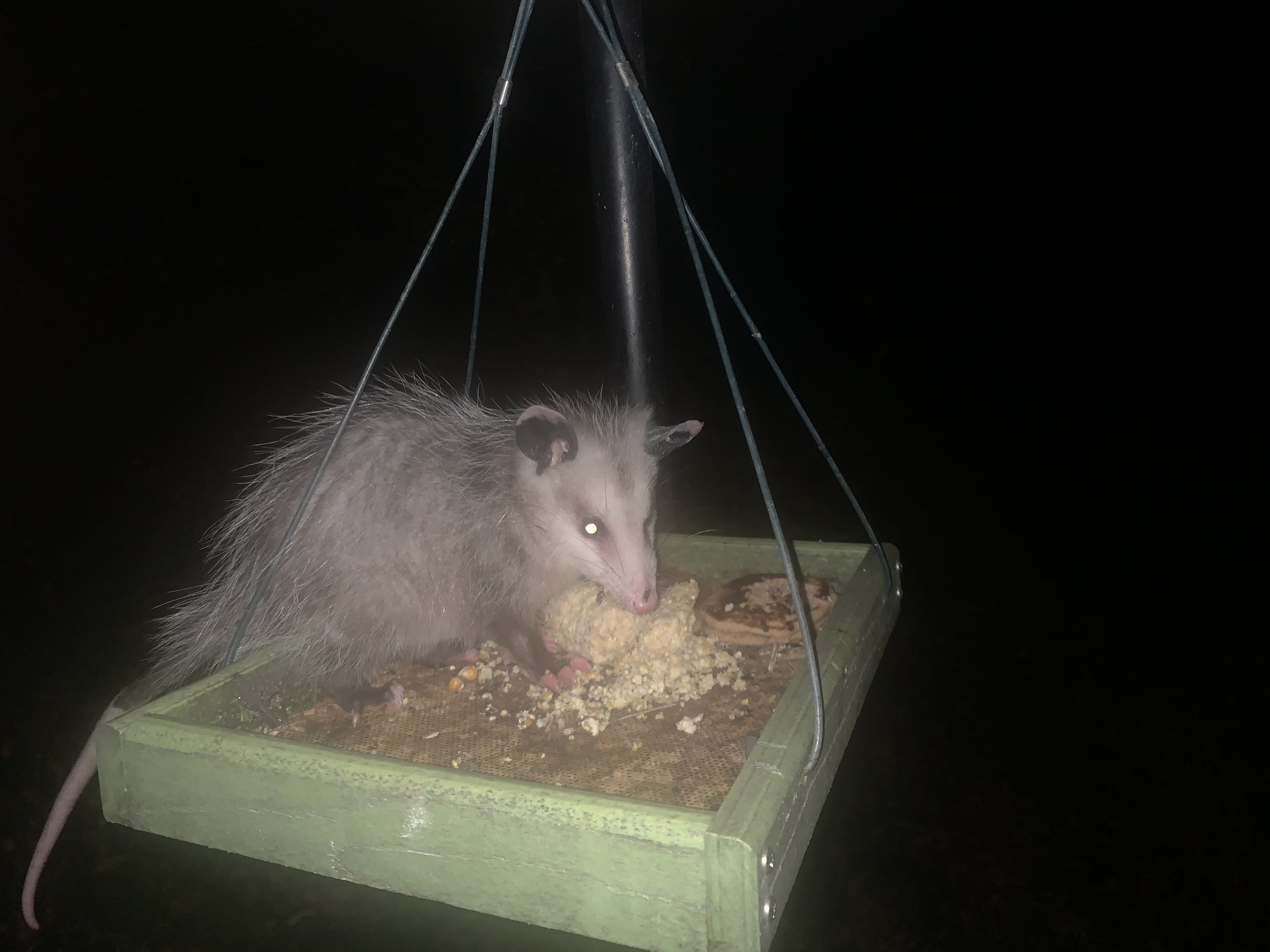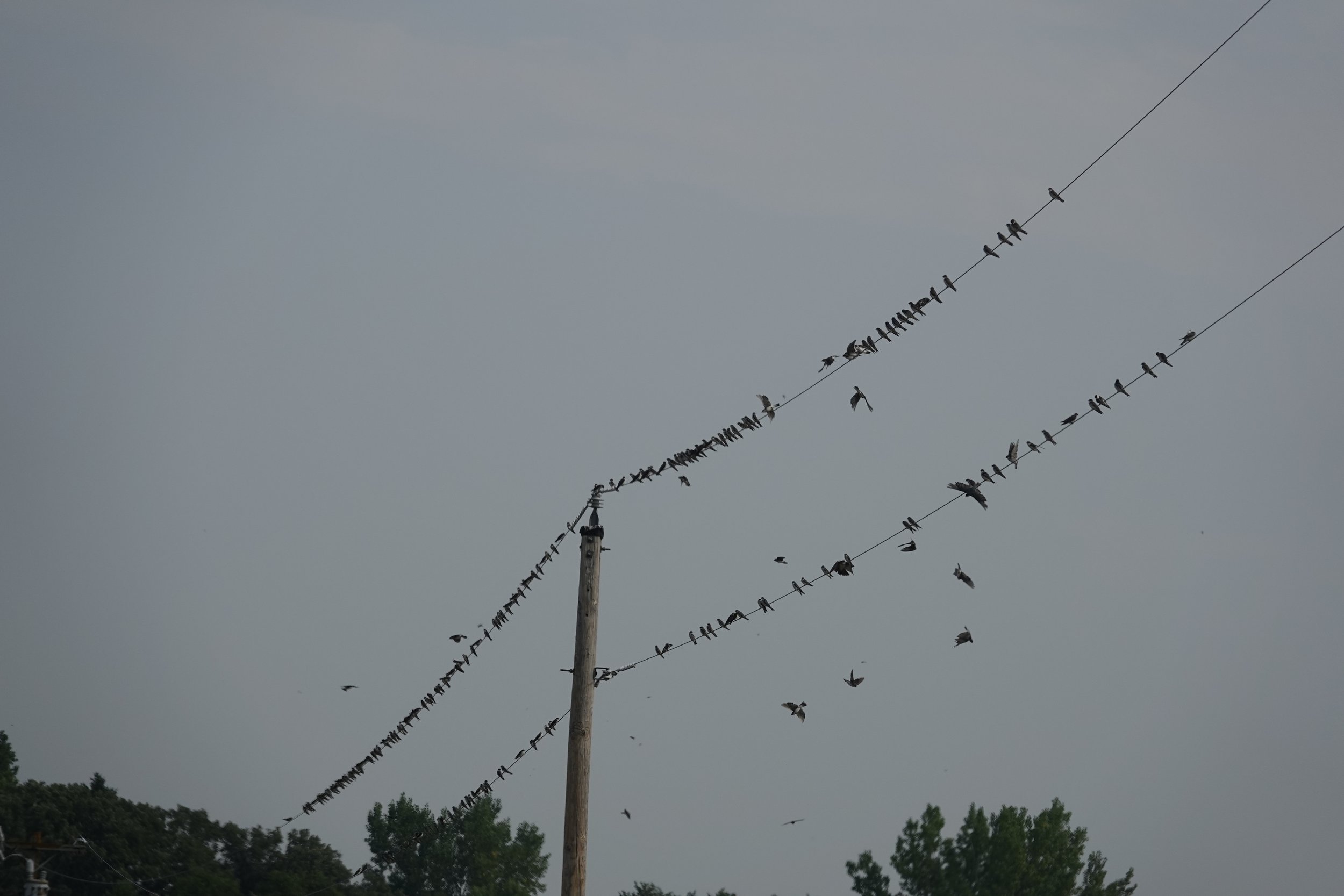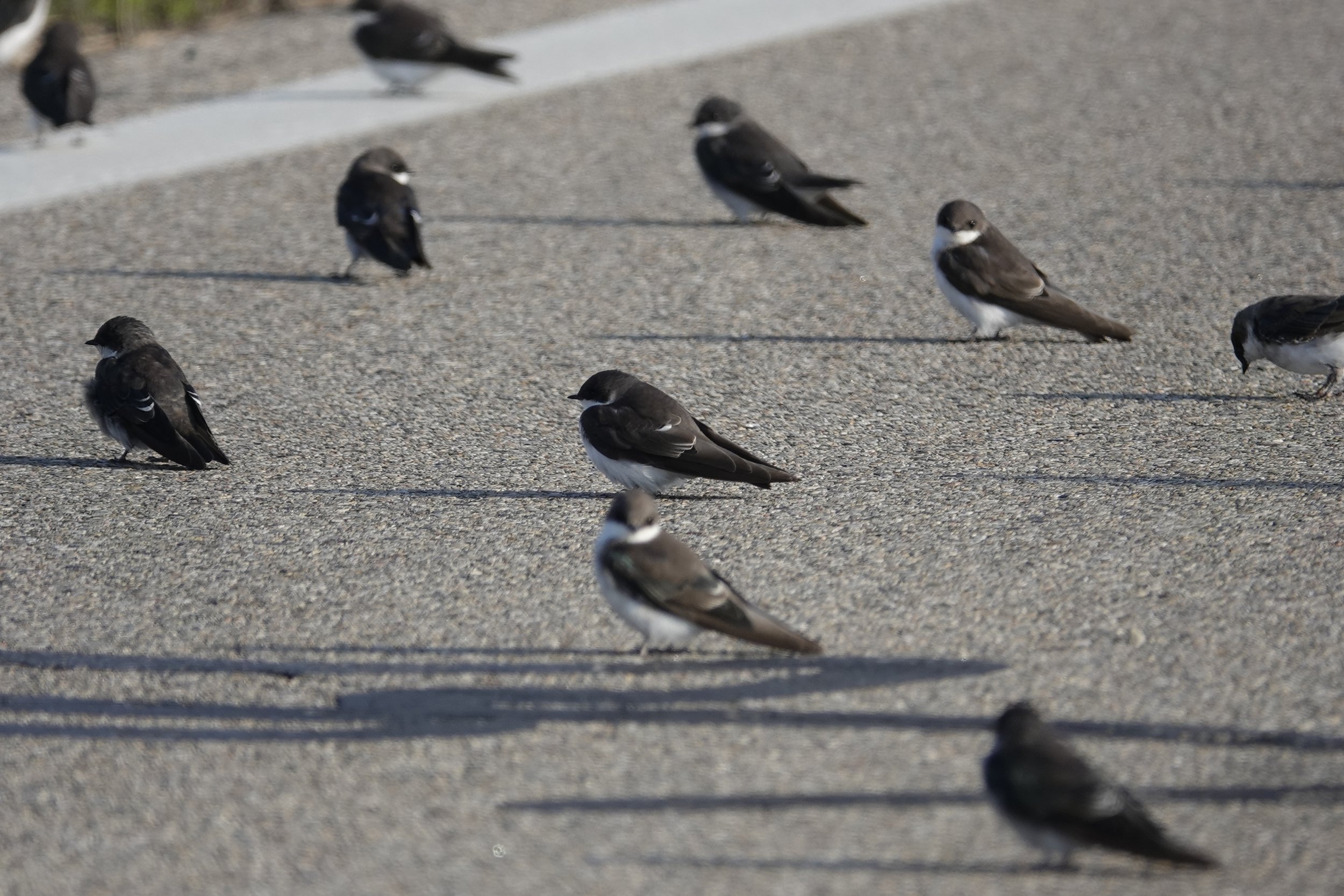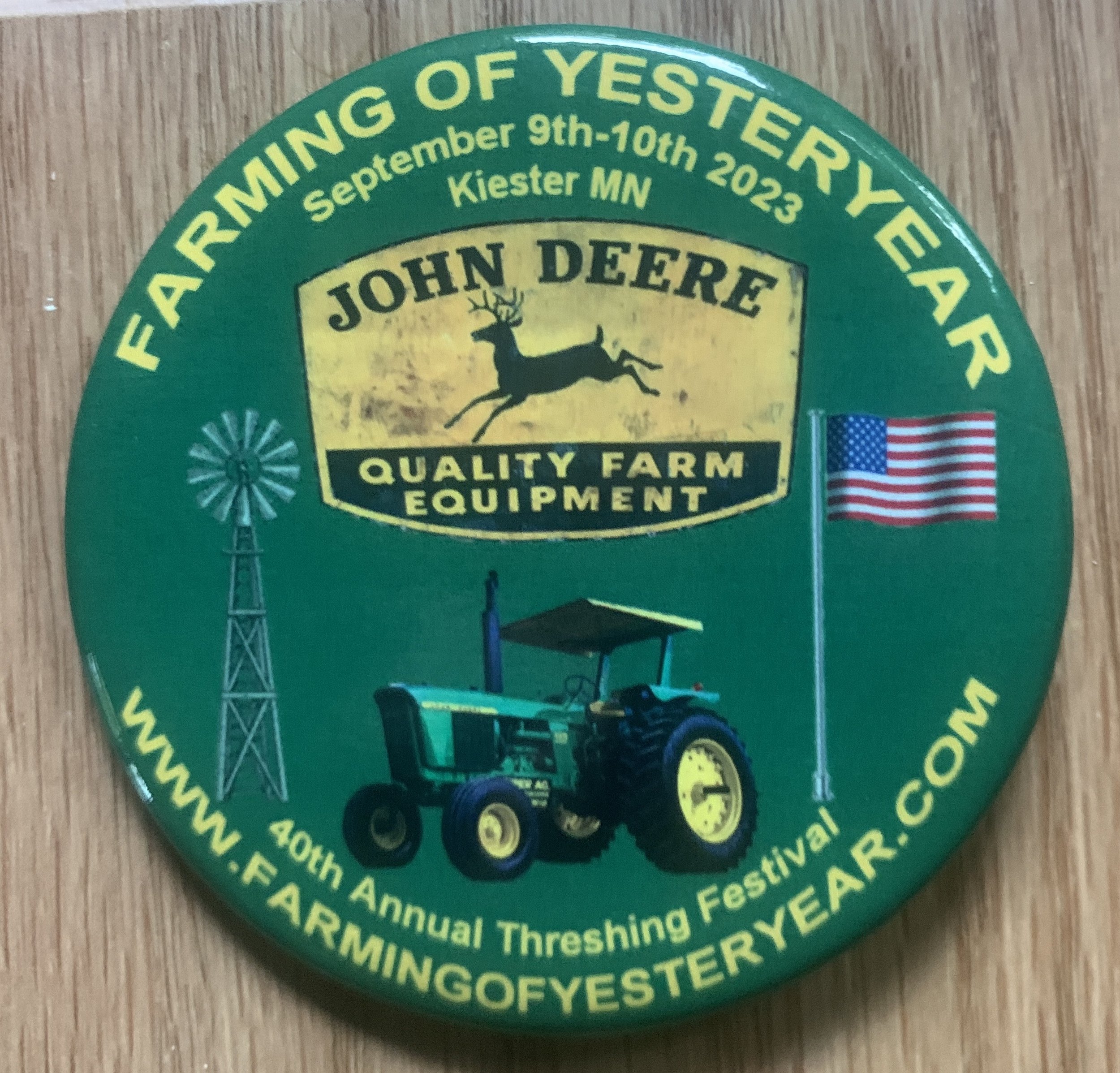Naturally
John Muir said, “The mountains are calling and I must go.”
I was in southeast Alaska—Haines and Juneau. Frank Sinatra sang, “The moon belongs to everyone, the best things in life are free. The stars belong to everyone, they gleam there for you and me.” The same could be said for the northern lights that decked out the sky during my visit.
American dippers walked on the bottoms of fast-moving water and probed under stones for aquatic larvae, insects, worms, small fish and fish eggs. They thrilled me by singing like a melody of wren and thrush songs, bubbling like the water around them. Dippers were once called water ouzels, a great name for a garage band. Dippers might navigate down a slope or downstream to find more food.
Steller’s jays made harsh "shack" sounds as I watched an eagle fight with another eagle over the catch of the day. While they tussled, a gull snuck in to eat some fish. Then a raven flew in, chased the gull off and dined on the salmon. The original catcher of the salmon, having vanquished its challenger, flew back and chased the raven away. While this took place, black-billed magpies darted in and out, grabbing beaks full of salmon. Magpies steal from eagles as jackals steal from lions. Magpies have long tails that stream behind them in flight like advertising banners behind small airplanes. They make "mag" calls and the cartoon characters Heckle and Jeckle are magpies.
Worried that bald eagles might deplete fish populations, the Alaska Territorial Legislature offered a bounty on eagles in 1917. The bounty was removed in 1953 and when Alaska became a state in 1959, the eagles came under federal protection. The Chilkat Bald Eagle Preserve near Haines was formed in 1982 and set aside for the protection of the eagles.
Bird bobbleheads
I’ve coached baseball and one of my players told me his goal was to have his own bobblehead one day. I wonder if he got one? The National Bobblehead Hall of Fame and Museum unveiled the first Pūteketeke Bobblehead. The pūteketeke, also known as the Australasian crested grebe, has gone viral in New Zealand’s Bird of the Century competition.
Four-letter words
Four-letter codes are commonly used as a shorthand for a bird’s name. Two different sets of codes are in use. The first codes were created by the Bird Banding Laboratory (BBL) for use by bird banders in submitting data and are referred to as “banding codes.” The Institute for Bird Populations (IBP) published a second set of codes. The northern goshawk (NOGO) has been renamed the American goshawk (AGOS) and the American goldfinch, formerly AMGO, is now AGOL to avoid confusion.
Q&A
Jim Muyres of Mankato asked if he should be concerned about suet becoming rancid in hot weather. Suet can soften and foul birds’ plumage in hot weather and it can become rancid. Some suet manufacturers state their blocks will withstand high temps without melting; however, they might go rancid if extremely high temperatures persist.
“What’s the difference between invasive and exotic?” Exotic means non-indigenous to an area and invasive means tending to spread prolifically and undesirably/harmfully. The Japanese beetle, common buckthorn and garlic mustard are both exotic and invasive. Many exotics aren’t considered invasive. Soybeans, cattle, apples and ring-necked pheasants originated in Asia, corn was first cultivated in Mexico, tomatoes came from South America and tulips were native to Europe.
“Why don’t chickadees migrate?” Because I need them here with me. Chickadees think only wimpy birds fly south and are non-migratory, year-round residents throughout their range. It takes a lot of energy for a bird to migrate, but they need food to stay home. Chickadees are good at finding food and they work overtime at it. They cache food to eat later. They are opportunistic feeders who eat between meals, have amazing memories and wear jackets (they fluff up their feathers for insulation). Chickadees are meant to be here and figure out how to get what they need. They make do and they get by. They always have.
Thanks for stopping by
“In science it often happens that scientists say, ‘You know that's a really good argument; my position is mistaken,’ and then they would actually change their minds and you never hear that old view from them again. They really do it. It doesn't happen as often as it should, because scientists are human and change is sometimes painful. But it happens every day. I cannot recall the last time something like that happened in politics or religion.”—Carl Sagan.
“The care of the Earth is our most ancient and most worthy, and after all, our most pleasing responsibility. To cherish what remains of it and to foster its renewal is our only hope.”—Wendell Berry.
Do good.
©️Al Batt 2023
American dippers walk on the bottoms of fast-moving water and probe under stones for aquatic larvae, insects, worms, small fish and fish eggs. They thrill me by singing like a melody of wren and thrush songs, bubbling like the water around them. Dippers were once called water ouzels, a great name for a garage band. Photo by Al Batt.
A wild turkey did some trotting on the snow-covered deck of this old house.



































